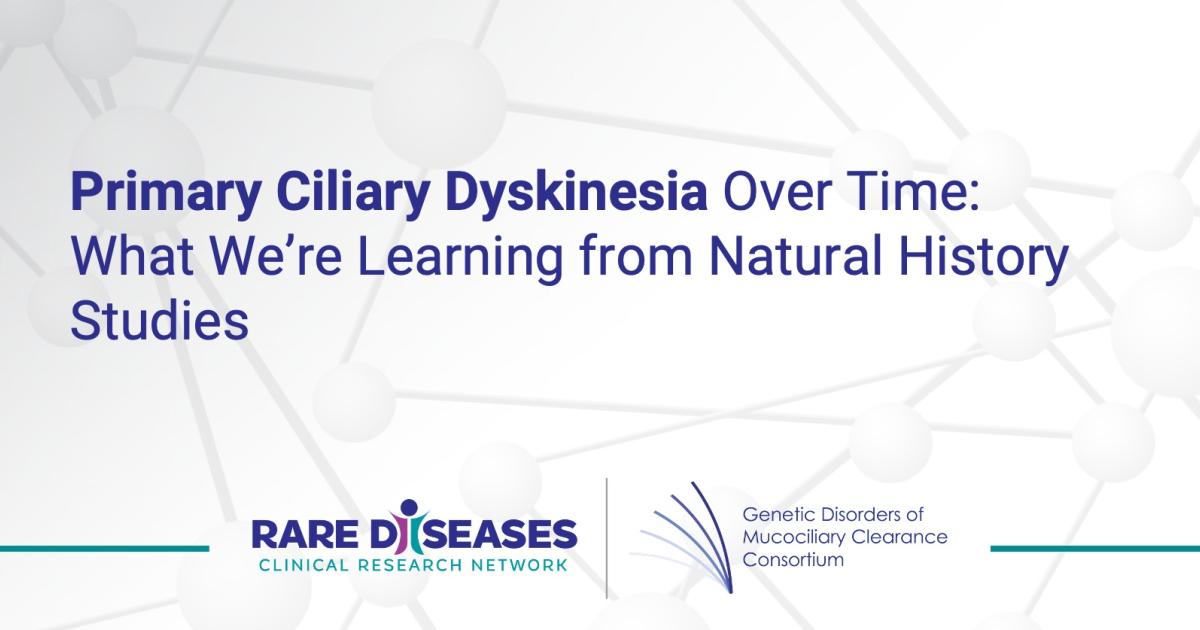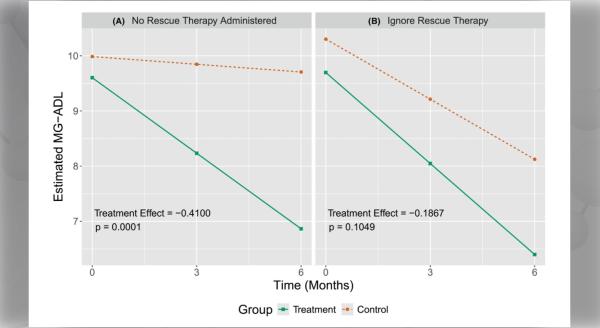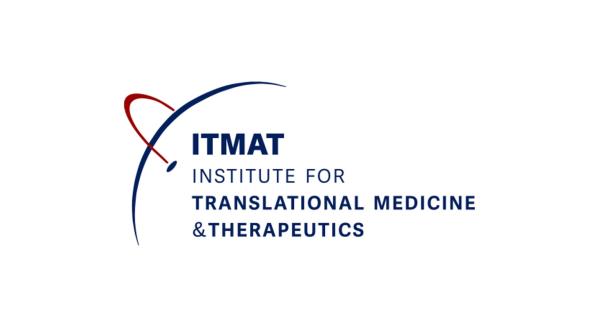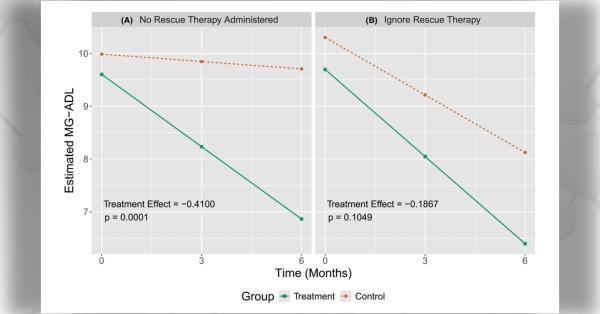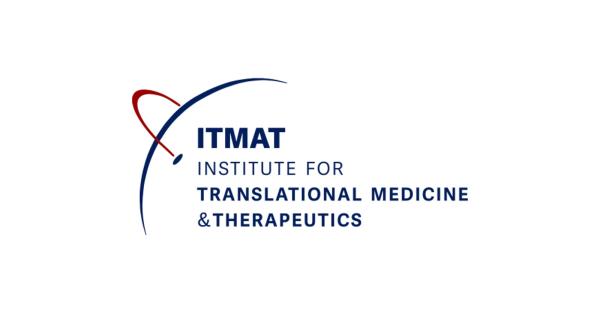Primary ciliary dyskinesia (PCD) is an inherited condition in which the cilia, tiny hairlike structures, on the surface of airways and certain tissues are impaired, leading to the accumulation of mucus and an inability to clear pathogens and other irritants from the airways. Patients with PCD have chronic lung, sinus, and ear infections and impaired hearing, but PCD can also lead to other disease manifestations like abnormal organ orientation and fertility problems.
To learn more about PCD, the Genetic Disorders of Mucociliary Clearance Consortium (GDMCC) has conducted natural history studies. The team has evaluated clinical manifestations including pathogens infecting airways, age at onset, progression of airway damage, lung function decline, inflammatory markers in the airway, laterality defects, and neonatal history in participants with PCD. The GDMCC continues to follow many of these patients and continues to engage them in other research opportunities to understand more about this rare disease and the best endpoints to use in upcoming clinical trials.
Here, lead investigators Stephanie D. Davis, MD, and Thomas Ferkol, MD, share more about this work, while PCD family member Tori Eastvold shares what it’s like to participate.
What are we learning about PCD from these studies?
Dr. Davis: The human lung is exposed daily to inhaled pathogens, and innate host defenses and clearance mechanisms are critical in preventing pulmonary infections. However, the airway defenses are impacted early in the lives of patients who have inherited immunodeficiencies or defective mucociliary clearance, which leads to chronic lung infections and bronchiectasis.
The GDMCC consists of eight clinical research sites across North America and has enrolled over 1,400 people with suppurative airway diseases, including more than 800 people with PCD. Over the past two decades, we have characterized the genetics, pathophysiology, diagnostics, and clinical manifestations of PCD and other suppurative airway diseases.
Specifically, the GDMCC has:
- Defined cardinal clinical features of PCD,
- Characterized the early origins of lung disease in PCD,
- Demonstrated increased prevalence of heterotaxy/complex cardiac diseases in PCD,
- Validated nasal nitric oxide levels as part of diagnostic testing in PCD,
- Examined rate of pulmonary function decline and airway damage in children with this rare disease,
- Determined prevalence of respiratory pathogens and inflammatory phenotypes in children with PCD,
- Discovered many of the now 53 PCD-associated genes, and in the process,
- Uncovered genotype-phenotype relationships in this rare disease.
Two projects were large-scale, multicenter, prospective studies designed to understand factors that contribute to progression of upper and lower respiratory disease in children with confirmed or highly suspected PCD. These studies rigorously described the clinical characteristics of disease in people with PCD as well as collected detailed information on pulmonary function, infection, airway inflammation, and structural lung damage over a ten-year period. Through these efforts, we found that severity of airway disease varied greatly between different ultrastructural defects and/or genotypes. People with disease-causing mutations in the genes CCDC39 and CCDC40, which cause ciliary ultrastructural abnormalities leading to microtubular disorganization associated with an inner dynein arm defect, have more rapid deterioration in lung function and more airway damage compared to people with other ultrastructural and/or genetic defects.
These studies defined the clinical manifestations of PCD, which may include presence of a laterality defect, unexplained neonatal respiratory distress in term neonates, early-onset non-seasonal nasal congestion, and early-onset year-round wet cough. These cardinal features help physicians select which people should undergo further diagnostic testing, along with nasal nitric oxide measurements, which were also validated by GDMCC investigators as a useful and supportive diagnostic tool in PCD.
How did you become involved with the study, and why did you decide to join?
Eastvold: My 15-year-old son Rylee is diagnosed with PCD. Rylee was being seen at St. Louis Children’s Hospital, and they asked us if we would have any interest in joining the study. Our family is happy to do anything we can to help with the advancements in PCD. Ultimately, we would love to see a cure for this disease, so anything we can do to provide information to help with that, we will certainly do.
What makes these studies unique?
Dr. Ferkol: Before 2004, our understanding of PCD was based on single, often small, single-center studies and largely anecdotal reports. Because the GDMCC investigators have access to large numbers of well-characterized, genetically confirmed people with PCD, we have made numerous advances that profoundly changed diagnostic testing and clinical practice.
Without support from the National Center for Advancing Translational Sciences (NCATS); National Heart, Lung, and Blood Institute (NHLBI); and the Rare Diseases Clinical Research Network (RDCRN), the advances we’ve seen would not have been possible.
How will these studies contribute to clinical trial readiness?
Dr. Davis: The GDMCC has evaluated several potential outcome measures for future clinical trials, including nasal nitric oxide levels, spirometry, multiple breath washout measures, inflammatory markers in sputa and nasal secretions, pulmonary exacerbation rates, and computed x-ray tomographic measures of the chest and paranasal sinuses.
Working with ReCode Therapeutics, the lead GDMCC site (the University of North Carolina at Chapel Hill) is currently testing some of these outcome measures and other novel endpoints, such as mucociliary clearance measurements and functional magnetic resonance imaging of the chest (ClinicalTrials.gov ID: NCT05685186), for future clinical trials.
Our investigators have collaborated with European colleagues (BESTCILIA) to create tools that could potentially be used in clinical trials, i.e., validated quality of life instruments (PCD-QOL survey).
Finally, we worked with the PCD Foundation to create the PCD Foundation Registry and a new Clinical and Research Centers Network, which will provide the infrastructure and coordination for future multicenter clinical trials.
What are the successes and challenges of these studies?
Dr. Ferkol: The successes are outlined above, which were driven by the dedication of the research teams and staff supporting project design and execution, but most importantly due to the dedication of the patients and families who were willing to participate. Such longitudinal research initiatives rely on long-term participant engagement to garner the most meaningful information. It has been our experience that patients and families with rare diseases understand that their commitment and contributions to these studies are vital, and their involvement is critical to improving the lives of affected individuals now and in the future.
Historically, the greatest challenge we experienced was identifying patients who had confirmed PCD, owing to challenges in diagnosing people with this disease. During the past two decades, we have made great strides in standardizing diagnostic algorithms, but it remains a problem, especially for some underrepresented communities, which has become a major focus for the GDMCC and PCD Foundation moving forward.
Because it is a rare condition, people with PCD are geographically dispersed, often living long distances from study sites, creating logistical challenges to conducting longitudinal studies, which was worsened by the COVID-19 pandemic. However, these obstacles led to highly innovative approaches to conduct clinical studies in PCD, such as remote spirometry and home collections of respiratory samples, which should make it easier for people with PCD and their families to participate in future studies.
What is it like to participate in this study?
Eastvold: The time has been very minimal. We hope that the information we are giving is helpful to the treatment and ultimately a cure for PCD—that would be amazing!
How will these studies impact patients, now or in the future?
Dr. Davis: Our work has led to an improved understanding of PCD, making it easier for primary care physicians, neonatologists, cardiologists, otolaryngologists, and pulmonary specialists to recognize and diagnose this rare disease. These studies have helped to define the natural history of this rare disease and the utility of certain endpoints in measuring and tracking disease. The studies have delineated genotype-phenotype relationships in PCD; thereby, helping geneticists and other clinical providers counsel patients and families. Furthermore, delineating PCD from overlapping diseases with similar symptoms, such as primary immunodeficiencies, has improved our ability to identify these rare diseases early and more accurately.
Research within the GDMCC, along with the work of our outstanding colleagues and collaborators across the world, especially in our sister programs in Europe, enabled the first transatlantic clinical trial, which was published in The Lancet Respiratory Medicine.
How could this study impact Rylee’s life?
Eastvold: PCD affects Rylee’s life daily. Anything that helps in better treatments for him and others with PCD would greatly improve his quality of life.
What is the status of these studies, and what’s next?
Dr. Ferkol: The GDMCC continues to gather data, especially in adult patients with PCD, to advance our understanding of the clinical features, natural history, and variability of disease progression. The GDMCC is collecting measurements on several potential clinical endpoints that will facilitate future clinical trials. In addition, the GDMCC is evaluating other, less appreciated aspects of this rare disease, such as the impact on the paranasal sinuses and middle ear.
Our investigators are actively collaborating with biotechnology companies, specifically ReCode Therapeutics and Ethris, in planning clinical trials with two proprietary lipid nanoparticle encapsulated mRNA therapies. ReCode Therapeutics completed phase 1 trials in healthy volunteers last fall and recently treated the first subjects with PCD.
In summary, we have come a long way in advancing our understanding of this rare disease, but there are still knowledge gaps we need to fill. The pipeline of therapeutics has rapidly advanced, and the GDMCC, PCD Foundation, and PCD community worldwide are looking forward to the day we have effective therapies—and even a cure—for this lifelong disease.
The Genetic Disorders of Mucociliary Clearance Consortium (GDMCC) is part of the Rare Diseases Clinical Research Network (RDCRN), which is funded by the National Institutes of Health (NIH) and led by the National Center for Advancing Translational Sciences (NCATS) through its Division of Rare Diseases Research Innovation (DRDRI). GDMCC is funded under grant number U54HL096458 as a collaboration between NCATS and the National Heart, Lung, and Blood Institute (NHLBI).

